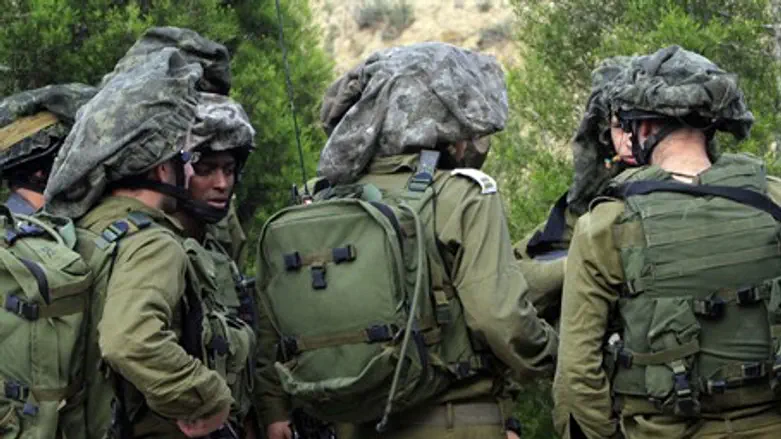
The technologically advanced army program “Tzayad,” meaning “hunter,” enables units in the Israel Defense Forces to share information on the location of friendly and hostile units, much like a GPS program is able to easily locate home addresses, restaurants, and other entertainment sites, the IDF blog reported.
Older versions of the operating system were employed during the 1990s to guard Israel’s borders. However, following the Second Lebanon War an updated version of the program was released, enabling units to receive data from multiple sources simultaneously and interpret the gathered information into a single stream, offering commanders the information they need to make instant decisions while under fire.
Commanders can upload information about the location of their unit, number of soldiers, and current weapons supply. Based on this data, “Tzayad” determines whether the unit is in need of additional ammunition and automatically requests the missing items, the IDF explains.
In addition, much like the popular smart phone application “Waze,” which displays traffic information on highways and roads, “Tzayad” is capable of planning routes for officers and pinpointing dangers along the way. Enemy positions are highlighted in red, as opposed to the friendly locations, marked in blue.
Tzayad is also able to send messages to helicopter pilots who are using the device, in case of the need to rapidly evacuate wounded soldiers from the premises. “Tzayad” informs the pilots of the unit’s exact location as well as topographical information necessary for a smooth landing.
In the event of a “Tzayad” unit being intercepted by enemy forces, the system can be easily shut down by the IDF’s central command.
Tzayad comes in different sizes depending on the specific needs of each unit and every field officer must complete the 15-day training course necessary to operate the program, says the IDF.